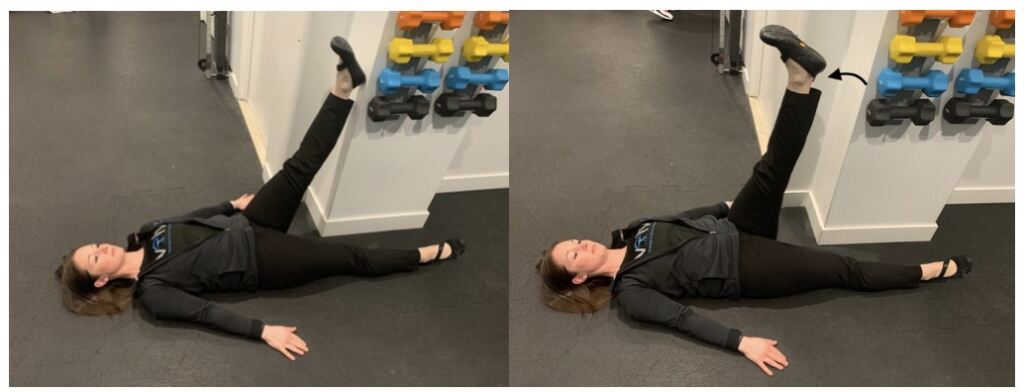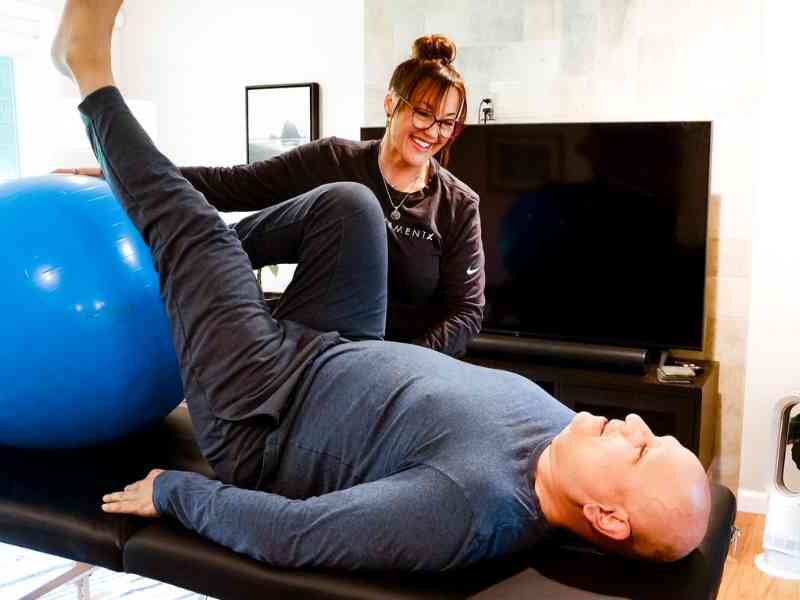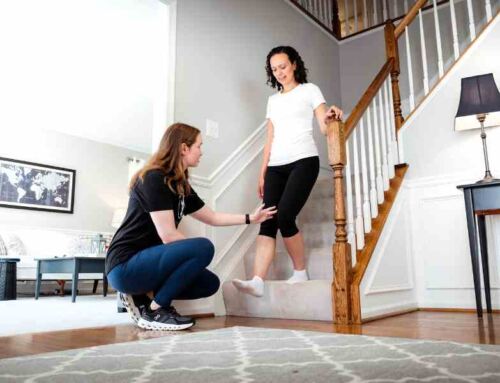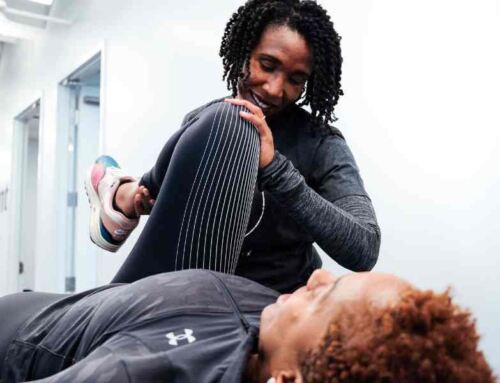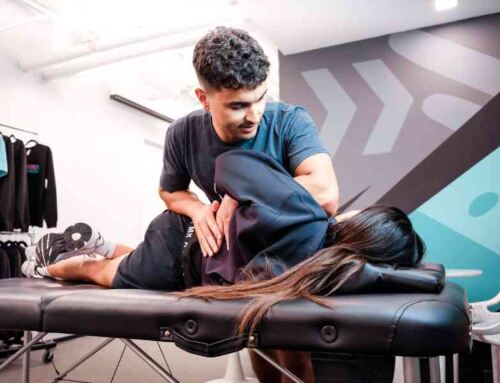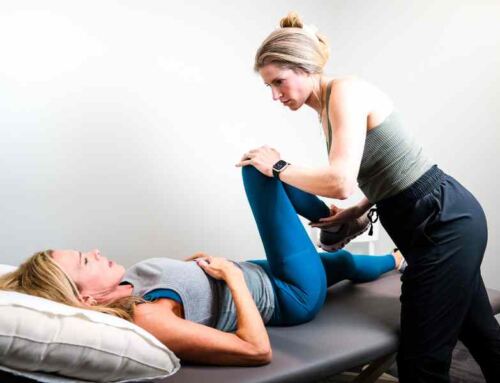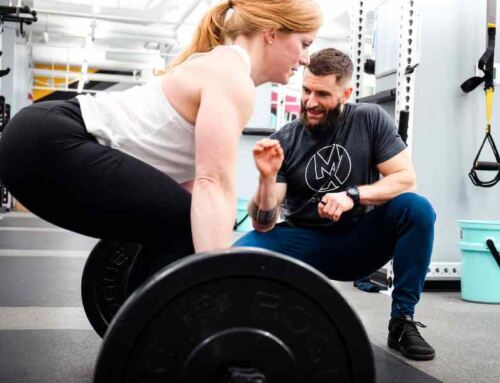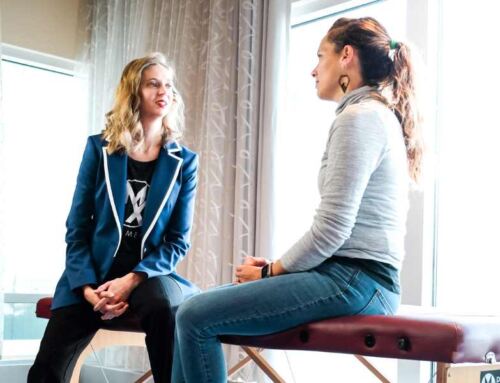Many people struggle with “tight” hamstrings. Maybe you feel that familiar “pull” every time you try to bend forward, or you notice the stiffness setting in after a long day of sitting. Stretching might give you some relief in the moment, but before long the tightness creeps right back in. Maybe you’ve even told yourself, “I’m just one of those inflexible people who has tight hamstrings” — as if it’s simply part of who you are. It can feel frustrating, almost like no matter what you do, your hamstrings are determined to stay stiff.
Here’s the surprising truth: not all hamstring tightness is the same. In some cases, the muscles really are shortened and need mobility work. But more often than not, hamstrings feel tight because they’re working overtime — either to make up for weakness elsewhere or to provide stability your body feels it is lacking. Sometimes, that “tight” feeling isn’t coming from the muscles at all, but from your nervous system sending protective signals.
This is why stretching alone rarely solves the problem. If you’re one of those people who gets relief from massage or stretching but the tightness always comes right back, it’s a sign that something deeper is going on. If the tightness is a symptom rather than the root cause, the relief will only ever be temporary. The key is understanding why your hamstrings feel tight in the first place. Once you uncover the reason, you can choose the right strategy — whether that’s mobility, strength, or movement retraining — and finally break the cycle of stiffness.
The Good News: You Can Retrain Your Nervous System
You’re not stuck with this “tight” feeling forever. With the right approach, you can teach your body that it’s safe to move through a full range of motion. When your nervous system feels supported and stable, it can let go of unnecessary tension.
When your nervous system feels supported and stable, several positive changes can occur within your body:
- Less muscle guarding and tension → your body no longer feels the need to “hold on” so tightly, so you experience more ease in movement.
- Improved mobility and flexibility → without protective signals limiting you, your joints and muscles can access their true range of motion.
- Better strength and power → muscles can contract more efficiently when they’re not constantly in a state of overprotection.
- Enhanced coordination and balance → your body feels more confident with movement, so patterns like walking, bending, or lifting become smoother and safer.
- Reduced pain signals → when the nervous system feels safe, it dials down unnecessary pain messages, making activity more comfortable.
- Greater resilience → supported movement patterns reduce the likelihood of flare-ups or reinjury.
Targeted muscle activation exercises, especially at your natural end ranges, help signal to your brain that these movements are “safe.” Over time, this helps increase your pain-free range of motion and reduce that constant tight sensation.
Neurological Muscle Tightness: When Your Body is Guarding You
Sometimes, muscles feel tight not because they’re short or inflexible, but because they’re protecting you. How would you describe this sensation? Many people say it feels like a cramp, a deep, unrelenting tension, or a “brick” in the muscle that stretching just doesn’t fix. This feeling is often the hallmark of what we call Neurological Muscle Tightness or neuromuscular guarding. In these cases, your nervous system is driving the sensation of tightness, not necessarily a physical change in the muscle itself, to protect a joint or area it perceives as vulnerable.
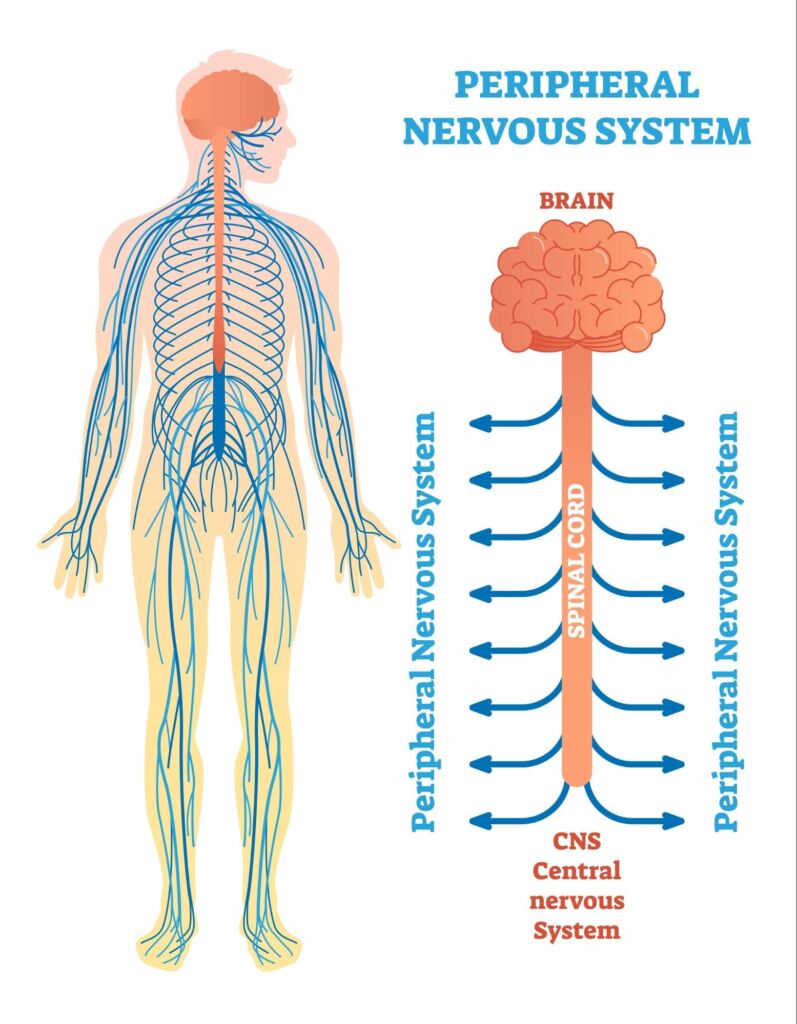
The Nervous System’s Protective Role
Your nervous system is a complex network of cells (neurons) that constantly communicate between your brain, spinal cord, and muscles. It’s always making tiny, subconscious adjustments. A simple example? When you fill a glass with water, the glass gets heavier as you pour. Without thinking about it, you automatically grip the glass tighter. That’s your nervous system at work. This same protective response can create a feeling of hamstring tightness, especially if you bend over
to touch your toes without warming up. Your brain senses potential danger (“this might overstretch or injure me”) and sends a message to your muscles to tighten up as a form of protection. After trauma, surgery, injury, or even in hypermobile athletes, this protective response can become overactive. The nervous system perceives instability or risk, causing the muscles to tighten excessively to shield vulnerable joints.
Exercises for Neurological Hamstring Tightness
Supine Sciatic Nerve Glide
1. Starting Position
- Lie flat on your back.
- Bring one leg up toward your chest and lace your fingers behind the back of your thigh, just above the knee.
- Keep the other leg comfortably bent with the foot flat on the floor for support.
2. Begin the Glide
- From this position, slowly straighten your knee until you feel gentle tension along the back of the thigh (not a painful stretch).
- As the knee extends, pull your toes up toward you (ankle dorsiflexion) to increase the glide.
3. Reverse the Motion
- Gently bend the knee back down while pointing your toes away (ankle plantarflexion).
- This back-and-forth motion “flosses” the sciatic nerve through its pathway.
4. Repetitions
- Move smoothly and rhythmically — don’t hold at the end range.
- Perform 10–15 reps, staying in a comfortable, non-painful range.
- Rest and repeat for 2–3 sets as tolerated.
Hamstring Progressive Loading
1. Starting Position
- Lie on your back with one leg extended up against a wall or doorway.
- Choose a position where you feel comfortable
- You should NOT feel a strong stretch
2. Press
- Gently press your heel into the wall using your glutes and the back of your leg, keeping the knee straight.
- Hold for 20 seconds, gradually pressing harder up to 50–75% effort if comfortable.
3. Lift
- Slowly release the pressure and lift your leg off the wall (without bending it) to a height you can control
- A little stretch discomfort is okay, but avoid forcing it
- Hold for 20 seconds
4. Progress
- Instead of returning your leg to the same spot, scoot closer to the wall, resting in a slightly deeper position for 30 seconds
Repeat for 2-3 rounds, each time gaining a few extra inches of range.
Tip: The nervous system takes 2-4 weeks to adapt. Be patient, consistent, and gentle. Remember, you’re building trust with your body!
Deficit Deadlift
The idea here is to “strengthen to lengthen”.
1. Set Up the Platform
- Stand on a small, stable surface (such as a weight plate or low platform, usually 1–3 inches high).
- Make sure it’s sturdy and wide enough so your stance feels secure. The added height increases the range of motion, which makes the lift more challenging for your posterior chain.
- Set up your weight
Since the deficit deadlift significantly increases the range of motion (and thus the difficulty), your starting weight should be greatly reduced. A conservative approach is to begin with 25% of your normal deadlift working weight. If this is your first time, it’s highly recommended to perform the movement with light dumbbells or simply the empty bar to dial in the new technique before adding any substantial load.
2. Foot and Grip Position
- Take your normal deadlift stance: feet about hip-width apart with toes pointing slightly out.
- Step close enough to the bar so it’s over your mid-foot.
- Reach down and grip the bar just outside your knees, using a double overhand, mixed grip, or hook grip depending on your preference.
3. Set Your Back and Brace
- Bend at the hips and knees to get into position.
- Keep your chest proud, lats engaged, and spine neutral.
- Take a deep breath into your belly and brace your core as if preparing for a punch.
4. Initiate the Pull
- Drive your feet into the platform and push the floor away.
- Keep the bar close to your shins and thighs as it travels upward.
- Hips and shoulders should rise together — avoid letting your hips shoot up first.
5. Pull to stand
- Stand tall at the top of the movement with your chest up, shoulders back, and glutes engaged.
- Avoid overextending (leaning back) your lower back, or hyper extending your knees.
6. Controlled Descent
- Hinge at your hips and bend your knees to lower the bar back down with control.
- Reset your breath and brace before the next rep.
How to Progress and When PT Can Help
It’s important to recognize that hamstring tightness doesn’t look the same for everyone. For some, these exercises will bring relief within a few weeks. For others, the progress may be slower — and that’s okay. Your nervous system and muscles need time to build trust and confidence with new movements.
But how do you know if you should keep working on your own versus seeking professional help?
Try self-guided care first if…
- Your tightness is more of a nagging annoyance than a sharp or severe pain.
- You notice your hamstrings tighten after sitting, but movement usually makes them feel better.
- You’ve tried stretching alone with only temporary relief and are curious about a more active approach.
- You’re able to do the exercises above without worsening symptoms.
Don’t wait to see a PT if…
- You have sharp, radiating pain that goes down your leg.
- Your tightness is paired with numbness, tingling, or weakness.
- You recently had an injury or surgery and aren’t sure what’s safe.
- Your symptoms aren’t improving after a few weeks of consistent effort.
- The tightness is limiting your daily life, workouts, or sleep.
Physical therapy can help you uncover why your hamstrings are staying tight and guide you with a personalized plan that goes beyond cookie-cutter stretches. A PT can assess your movement patterns, identify compensations, and teach you strategies tailored to your nervous system and body.
Bringing It All Together
Here’s the bottom line:
- Not all hamstring tightness is the same. Sometimes it’s about the muscle, but often it’s your nervous system doing its job to protect you.
- Stretching alone isn’t always the answer. Strength, mobility, and nervous system retraining can create lasting changes.
- Your body is adaptable. With consistent practice, you can reduce unnecessary tension, gain mobility, and move with more ease.
- Support matters. If symptoms persist, worsen, or interfere with life, PT can help you find clarity and build a plan forward.
Your hamstrings don’t have to feel like a constant battle. Whether you start with the exercises above or work directly with a PT, you can retrain your body to feel strong, mobile, and confident again.
Get a Pro-Level Plan
If you’re tired of battling “tight” hamstrings and want to learn more about how to override neurological muscle tightness, book a session with me today. Together, we’ll develop personalized strategies to help your body move freely and get you back to doing what you love.
About the Author
Doctor Jillian Chiappisi is a physical therapist and Board Certified Sports Clinical Specialist in Knoxville, Tennessee. Dr. Jillian specializes in treating gymnasts, circus performers, hybrid athletes, busy moms, yogis, post partum clients, and all forms of active people! Shaped by a 10 year career as a competitive gymnast, Dr. Jillian brings that same energy, discipline, and rigor to her practice to help you move better to live better.


